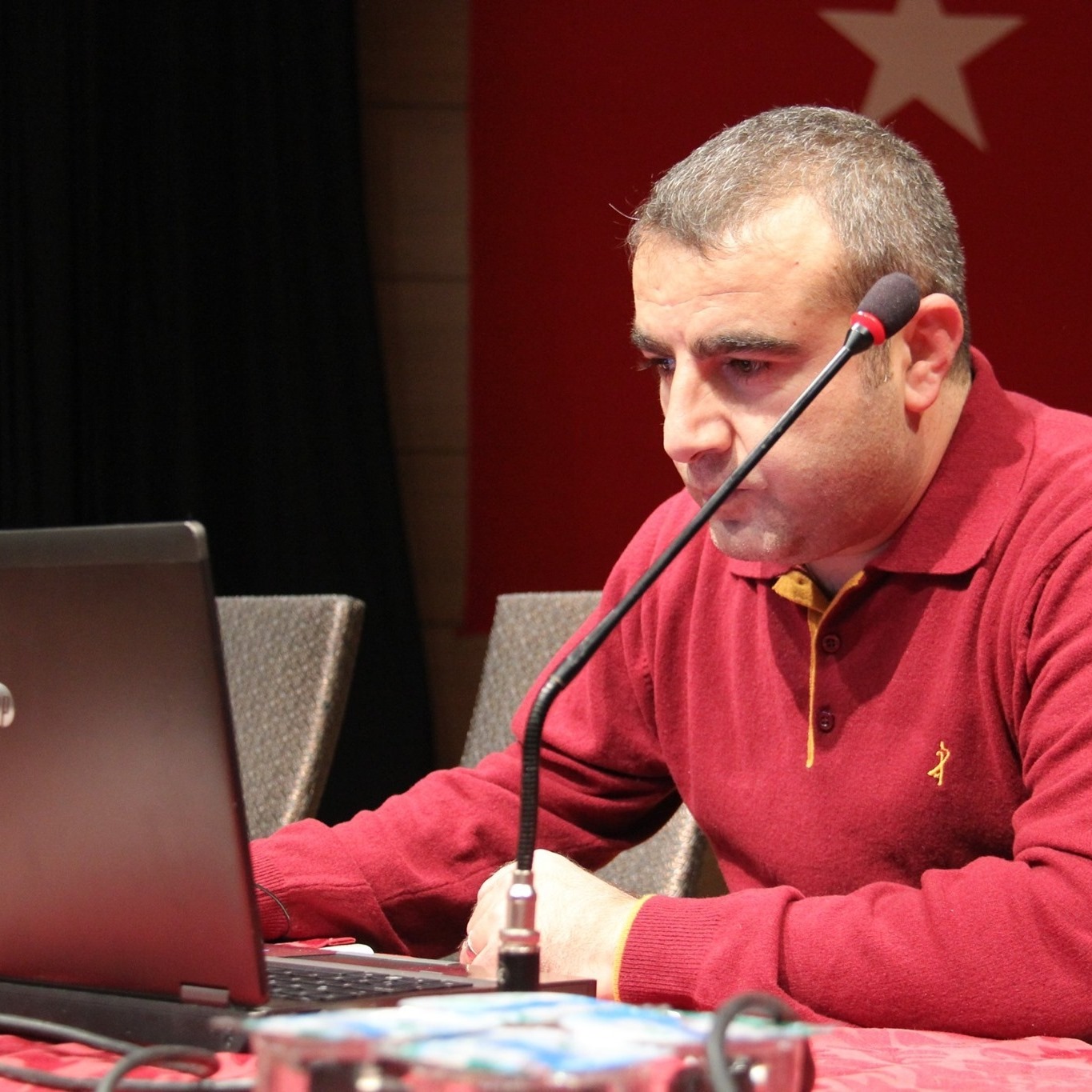Trends in Turkish Education Studies
Varışoğlu, B., Şahin, A., & Goktas, Y. (2013). Trends in Turkish Education Studies.
Educational Sciences: Theory & Practice, 13(3), 1767-1781.
The purpose of this study was to determine trends in the subject areas, methods, data collection tools, data analysis methods, and sample types used in recent studies on Turkish education, published in journals from 2000-2011. A total of 558 articles from 44 journals were selected from databases by the purposive sampling method and examined using the “Turkish Education Publication Classification Form” (TEPCF). The method used in the study was content analysis. The data was analysed using the SPSS 16.0 program. The findings were that “survey” studies were the most common with regard to method, “quantitative research” methods were most commonly used, data were mostly gathered by “document and questionnaire,” and “descriptive analysis” was the most commonly used data analysis method. Also, “Elementary school” students were the most commonly used sample group, the sizes of samples most commonly ranged between 31-100 participants, and “convenience sampling” was the most common sampling technique. Regarding Turkish education research areas, studies with titles referring to “mixed skills areas” which covered more than one skill and studies on “reading education” formed the majority.
Son Yazılar
- Teachers’ ICT Usage: A Comparison of 2005 and 2011
- Social presence and motivation in a three-dimensional virtual world: An explanatory study
- Eğitim Teknolojisi Araştırmalarında Araştırma Problemlerinin Belirlenmesini Etkileyen Unsurlar
- Öğretmen Adaylarının Özsaygı ve Duygusal Zekâ Düzeylerinin Problemli İnternet Kullanımıyla İlişkisi
- Trends in Turkish Education Studies
